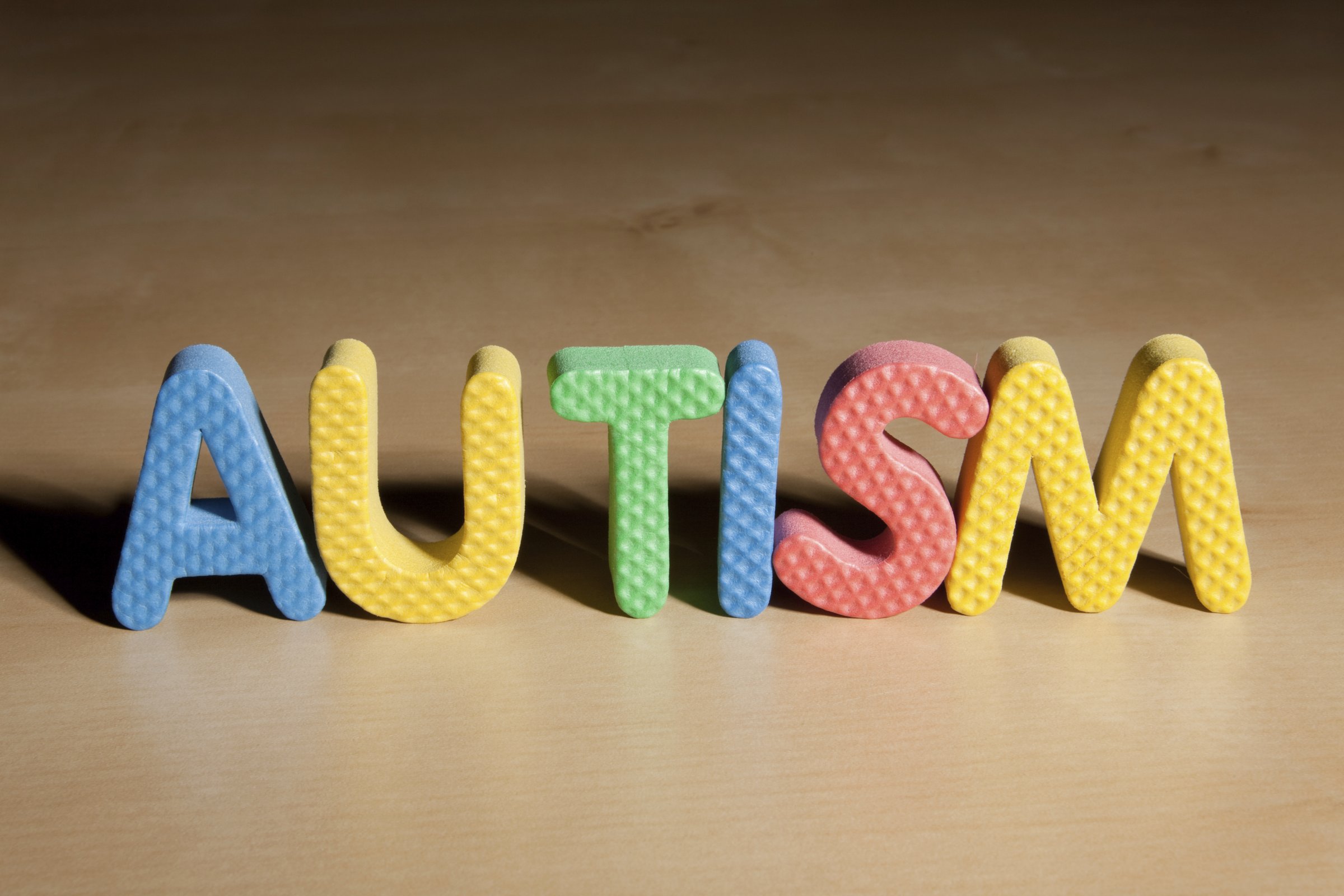
The number of children diagnosed with autism has ballooned in recent years, but the reason for the increase is hotly debated. Some argue autism results when rare gene mutations are triggered by environmental factors like pollution, certain chemicals or even parental age. Others say it’s due to the fact that we’ve simply gotten much better at diagnosing it. Now, a large new study published in the journal JAMA Pediatrics suggests the primary cause of the increase of autism spectrum disorder is actually due to changes in how the disease is diagnosed.
“This study is important because it shows a large part of the increase has nothing to do with the environment, but rather administrative decisions,” says study author Stefan Hansen of Aarhus University in Denmark.
The researchers followed 677,915 Danish children born between 1980 and 1991 and tracked them until they either had an autism diagnosis or reached the study end date of Dec. 31, 2011. Hansen and his team looked specifically at changes that occurred before and after the year 1994, when criteria for psychiatric diagnoses changed in Denmark so that autism became a spectrum of disorders, broadening the criteria for diagnosis. The researchers found significantly more children were diagnosed with autism in 1995 and on, and the team was able to determine that 60% of the increase could be attributed to these criteria changes.
“I am not saying it explains everything,” says Hansen. “There’s the remaining 40%, so we shouldn’t stop here.” That 40% is important if researchers want to understand all the contributing factors to the disease he says.
While Hansen’s findings focused specifically on diagnostic criteria changes in Denmark, other countries, including the U.S., have seen similar changes in the diagnosis of psychological and brain-development disorders.
In May 2013, the American Psychiatric Association published new guidelines for diagnosing autism spectrum disorders in what’s casually referred to as the “psychiatry bible”—the Diagnostic and Statistical Manual of Mental Disorders (DSM-5). Previously, children needed to meet six of 12 criteria points to be diagnosed with one type of autism-related disorder like Asperger’s disorder or childhood disintegrative disorder. Now, the disorders fall under the single category of “autism spectrum disorders,” and the criteria needed for a diagnosis is much more specific.
Some advocacy groups like Autism Speaks were concerned the changes would mean some people wouldn’t get care, with some research suggesting that a small but significant minority of kids diagnosed with autism would not qualify under the new criteria. “Our concern has been that the constricting of the criteria would in fact artificially reduce the prevalence of autism,” says Michael Rosanoff director of public health research at Autism Speaks. “The DSM-5 has not been in play for long enough and there’s ongoing research looking at how prevalence is changing and access to services. Time will really tell.”
Rosanoff and this study’s researcher Hansen agree that more research is needed to understand what other factors may contribute to the rise in autism cases worldwide. In the United States, the Centers for Disease Control and Prevention (CDC) estimates that about one in 68 U.S. kids is on the autism spectrum, which is 30% higher than estimates from as recent as 2012. “Some of this has to do with increasing public awareness,” says Hansen. “As people become more aware of the term autism over time, it’s causing parents to have their kids be examined more often.”
The CDC announced on Jan. 2 that over the next four years, it will invest over $20 million to increase tracking of children with autism spectrum disorder so that the U.S. can better understand what impacts the prevalence of autism here. With better monitoring worldwide, the hope is scientific communities and families affected by autism will better understand more about the disorder’s emergence.
Read next: Most Cancer Is Beyond Your Control, Breakthrough Study Finds
More Must-Reads from TIME
- Cybersecurity Experts Are Sounding the Alarm on DOGE
- Meet the 2025 Women of the Year
- The Harsh Truth About Disability Inclusion
- Why Do More Young Adults Have Cancer?
- Colman Domingo Leads With Radical Love
- How to Get Better at Doing Things Alone
- Michelle Zauner Stares Down the Darkness
Contact us at letters@time.com